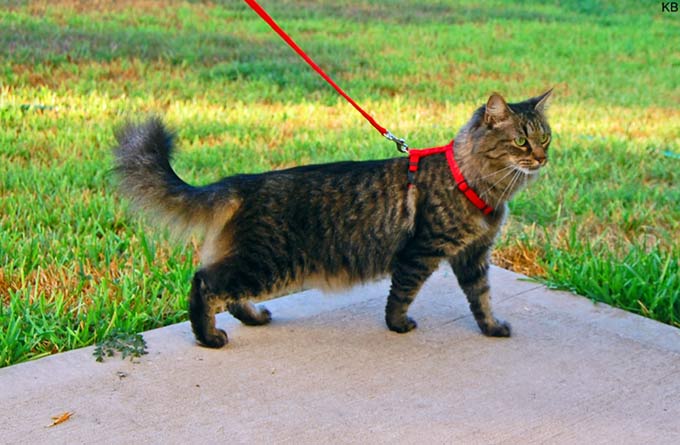What is single kitten syndrome? Ever wonder why your adorable, fluffy ball of purring energy suddenly turns into a whirlwind of destruction, wreaking havoc on your furniture and curtains? You’re not alone! Many cat owners have experienced the challenges of raising a single kitten, and sometimes, these behaviors can be attributed to something called “Single Kitten Syndrome.”
This article dives into the world of this potential issue, aiming to demystify the term and provide helpful insights for understanding and preventing its effects. By exploring the causes, recognizing the signs, and implementing practical solutions, we can create happier, healthier environments for our feline companions.
Demystifying the Myth: Separating Fact from Fiction
First things first, let’s clear up some misconceptions. “Single Kitten Syndrome” isn’t a formal diagnosis, but rather a term used to describe a set of potential behavioral issues that may arise in kittens raised without a playmate. It’s crucial to remember that every kitten is an individual with unique personalities and needs. Some may adapt well to solitary life, while others crave the companionship of another feline friend.
So, what exactly is this syndrome all about? It stems from kittens’ natural social tendencies. They learn valuable life lessons from each other, from playful wrestling that teaches proper bite inhibition to grooming rituals that build social bonds. When raised alone, they might miss out on these crucial interactions, potentially leading to:
- Excessive energy and destructive behavior: Frustrated by the lack of an outlet for their playful instincts, they might resort to scratching furniture, climbing curtains, or chewing on inappropriate objects.
- Separation anxiety: They might experience distress when left alone, leading to excessive vocalization, inappropriate elimination, or clingy behavior.
- Difficulty adjusting to other cats later in life: The lack of early social interaction can make introducing them to other cats more challenging down the road.
It’s important to note that breed can also play a role. Some breeds, known for their high energy levels and social nature, might be more susceptible to exhibiting these behavioral issues when raised alone. However, individual personalities within each breed also play a significant part, so blanket statements should be avoided.
Understanding the potential causes and symptoms of Single Kitten Syndrome is the first step towards creating a happy and fulfilling life for your furry friend. In the next section, we’ll explore practical tips for prevention and alternative solutions, empowering you to provide the best possible environment for your feline companion.
Other Interesting Articles
- How to Make Your Cat Really Happy: 29 Tips You May Try
- How to Train Your Cat to Stop Urine Marking? 12 Tips
- How Do Cats Communicate Each Other? 11 Body Language
- 24 Ways To Know If You Have An Extremely Happy Cat
- What Smells Do Cats Hate: 34 Scents You Must Avoid
- Everything You Need To Know About Cat Territory Marking
- 12 Reasons Why You Should Adopt A Second Cat
- 12 Reasons Cats Pee Outside the Litter Box: How To Solve
- 14 Reasons Why Cats Overgroom: Surefire Ways To Stop It
- Why is My Cat So Clingy? 13 Common Signs: 9 Caring Tips
- Is Your Cat Bored? 12 Common Signs: What You Can Do
- Stress in Cats: Causes, Symptoms, Remedies, Treatment
- 17 Common Signs Your Cat is Lonely: 10 Tips To Help Recover
- 14 Reasons My Cat is Acting Strange & Scared: What to Do?
- How Do Cats Hunt Their Prey, Mice, Bird, Fish, Rat For Food?
- How To Introduce A New Kitten To An Older Cat: 16 Tips
- 15 Reasons Why Do Cats Lick and Groom Each Other
- Domesticated Cats And Big Cats: 24 Similarities, Differences
- 21 Interesting Facts You Should Know About Feral Cats
- How to Socialize a Feral Kitten in 10 Simple Steps




